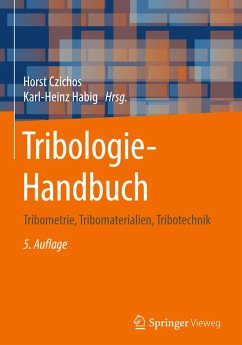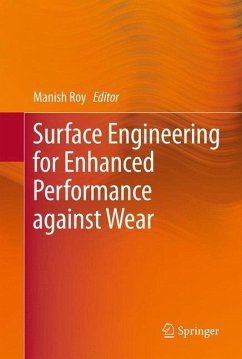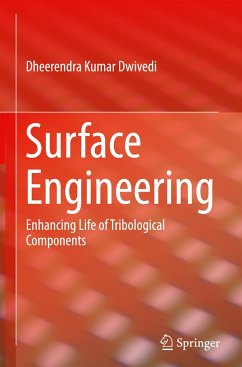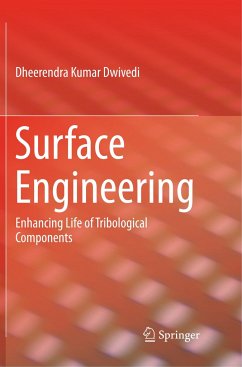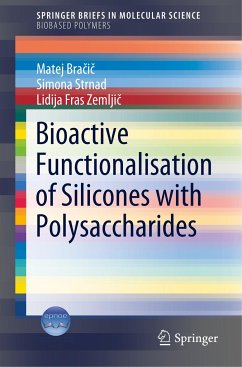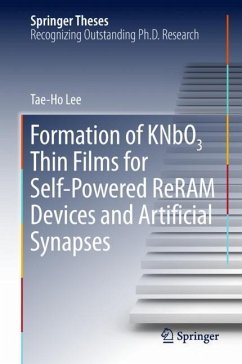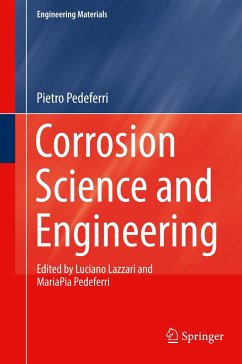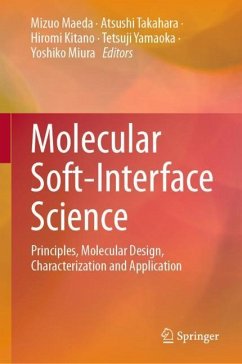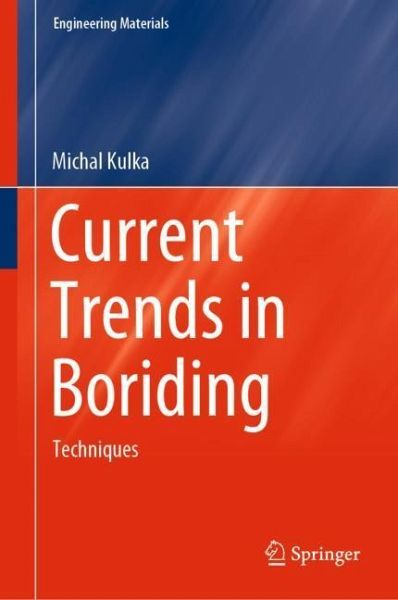
Current Trends in Boriding
Techniques

PAYBACK Punkte
38 °P sammeln!
This book presents the most important thermochemical and physical techniques of boriding. The formation and characterization of different boride layers or boride coatings are compared in this book. The author analyzes the technological aspects of boriding processes, presenting the advantages and disadvantages of each method. The effect of the boriding techniques on the microstructure of borided materials are also indicated. The mechanism of formation of active boron atoms or ions and the phenomena during re-melting of alloying material together with the substrate are described. Special attenti...
This book presents the most important thermochemical and physical techniques of boriding. The formation and characterization of different boride layers or boride coatings are compared in this book. The author analyzes the technological aspects of boriding processes, presenting the advantages and disadvantages of each method. The effect of the boriding techniques on the microstructure of borided materials are also indicated. The mechanism of formation of active boron atoms or ions and the phenomena during re-melting of alloying material together with the substrate are described. Special attention is devoted to powder-pack boriding, electrochemical boriding in borax, gas boriding, plasma gas or paste boriding and laser or plasma surface alloying with boron, acknowledged as the most important current methods in boriding. The thermodynamics of gas boriding is also analyzed.



